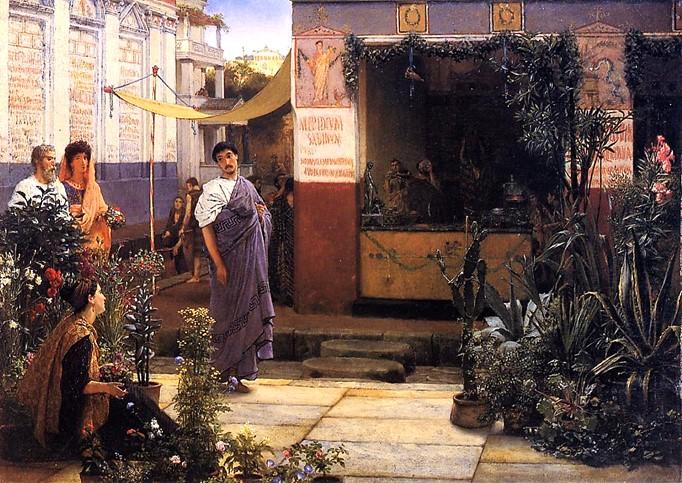Like a bulldozer, industrialization plowed into Victorian England in the 19th century. Along with its positive impacts, such as rising incomes for some, new consumer goods for those who could afford them, and automated services for the rich, there were drawbacks.
The Industrial Revolution changed the way Victorian society lived and worked as people moved from pastoral settings to overcrowded cities. Charles Dickens and others wrote about the downside. To make a living and feed their families, people who farmed or ran their own shops were forced to work in factories. They were asked to accept great change. This was Victorian England’s version of the “new normal.”






